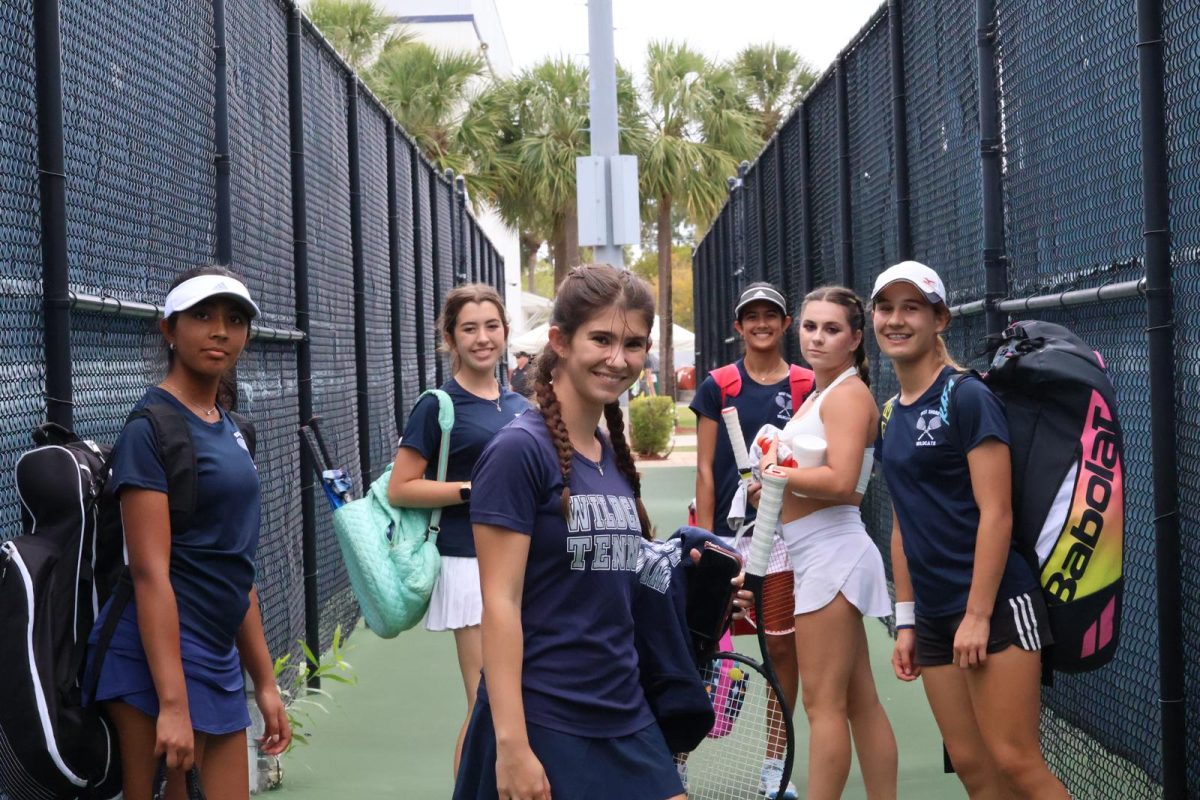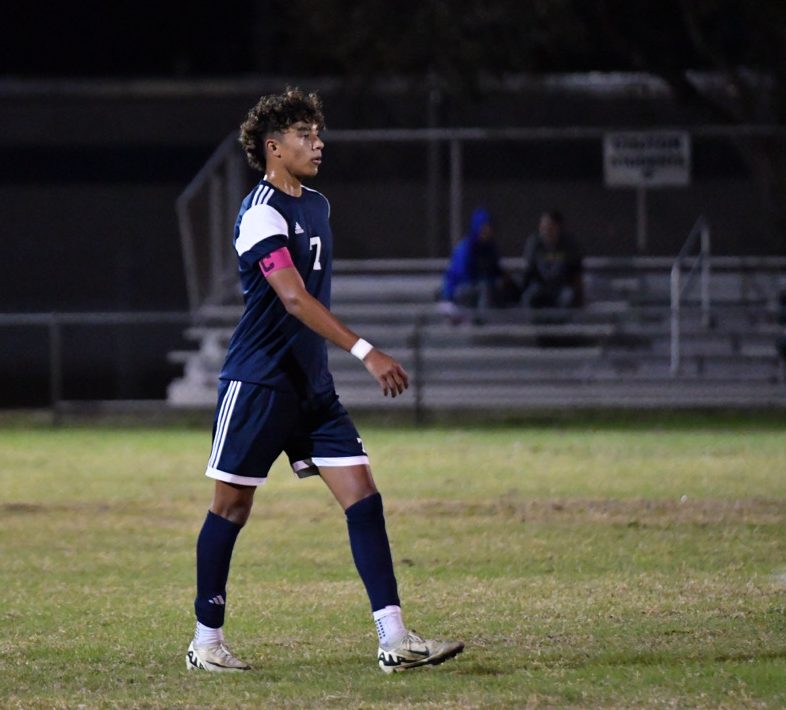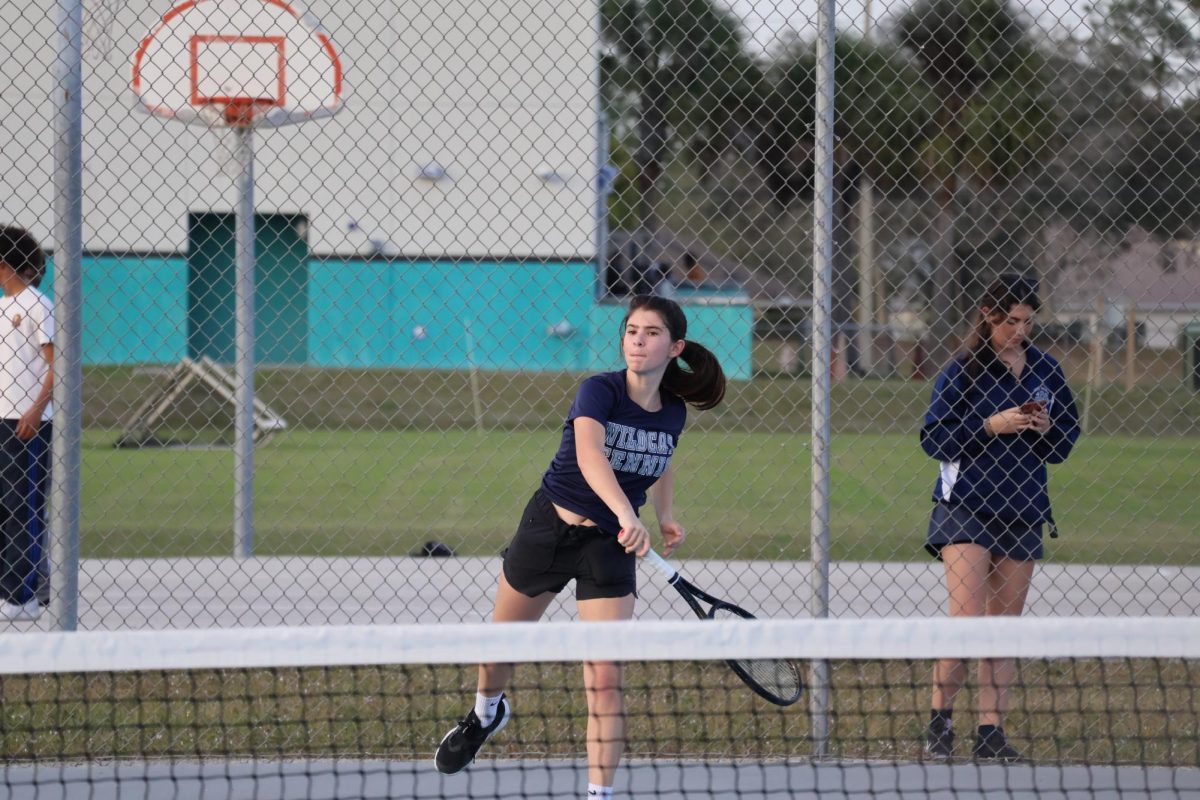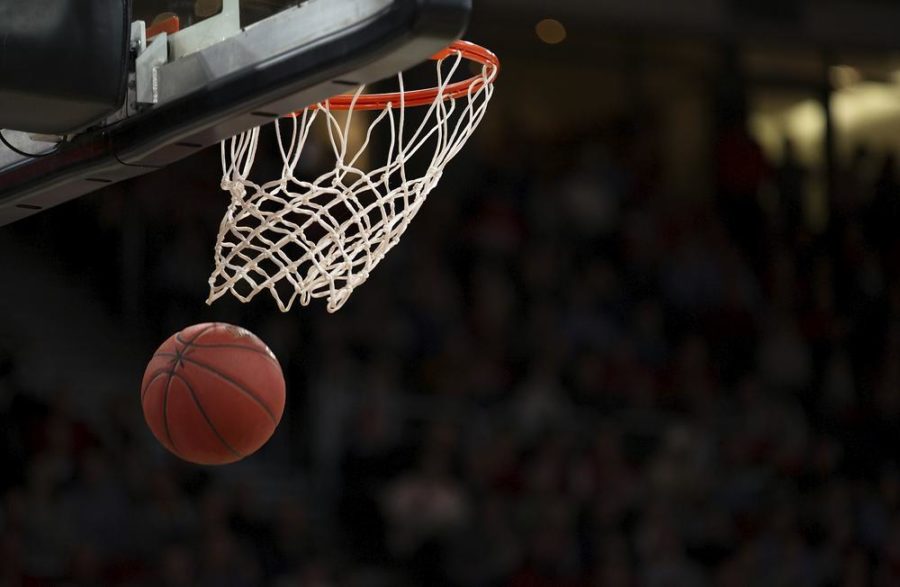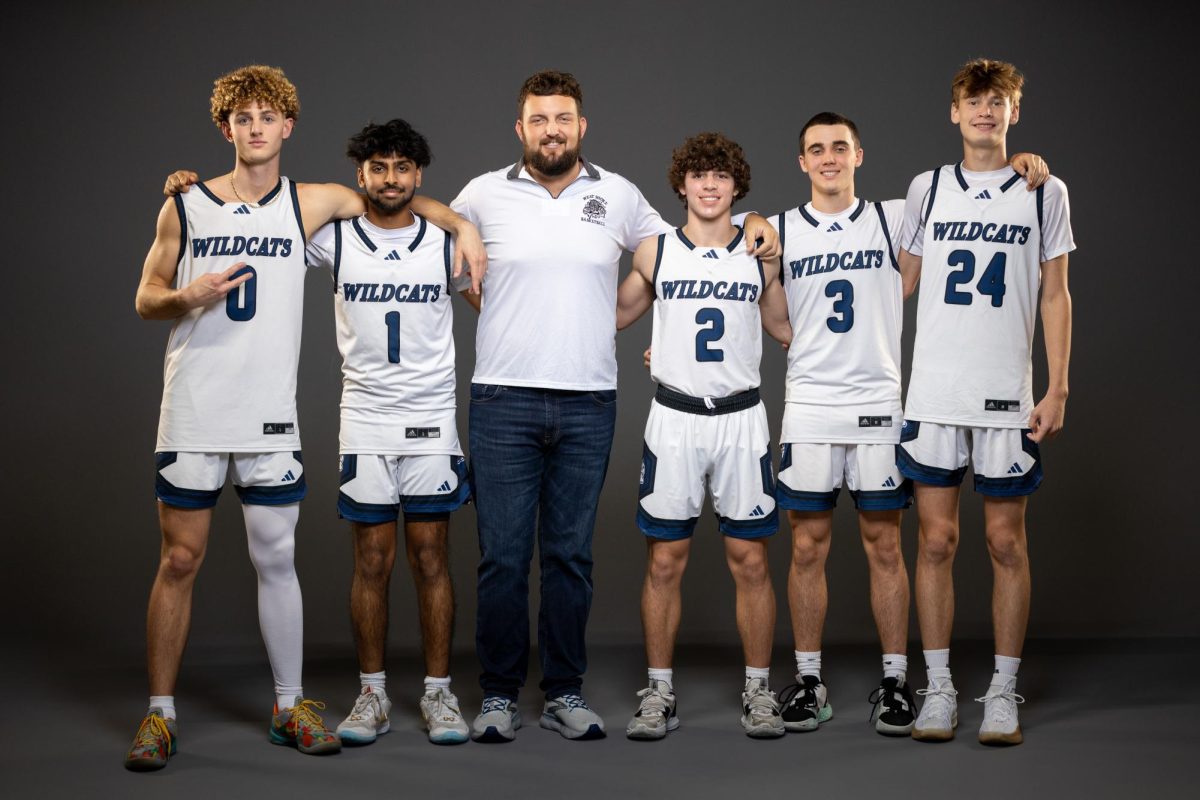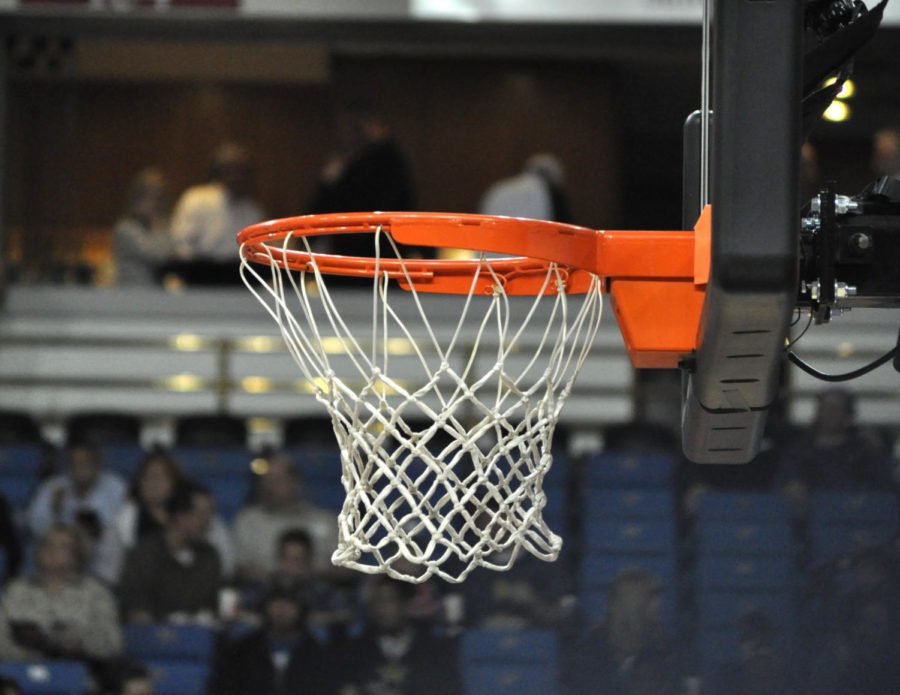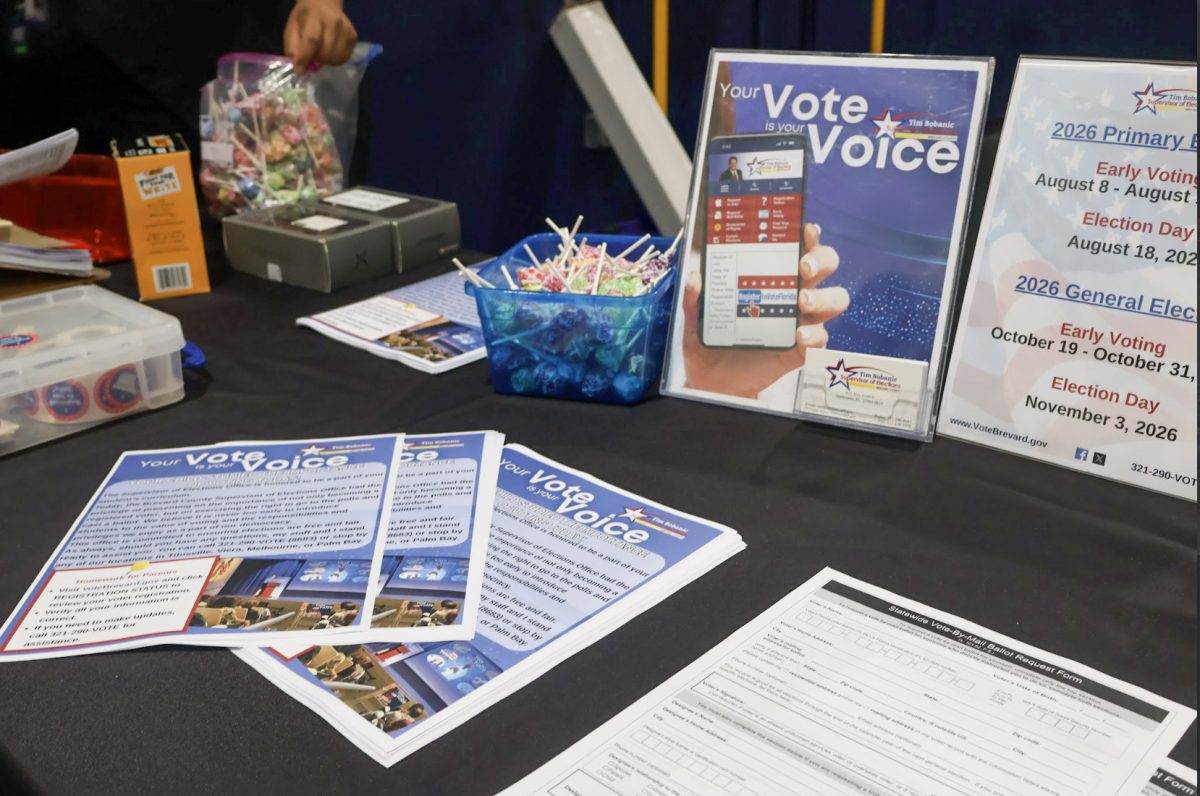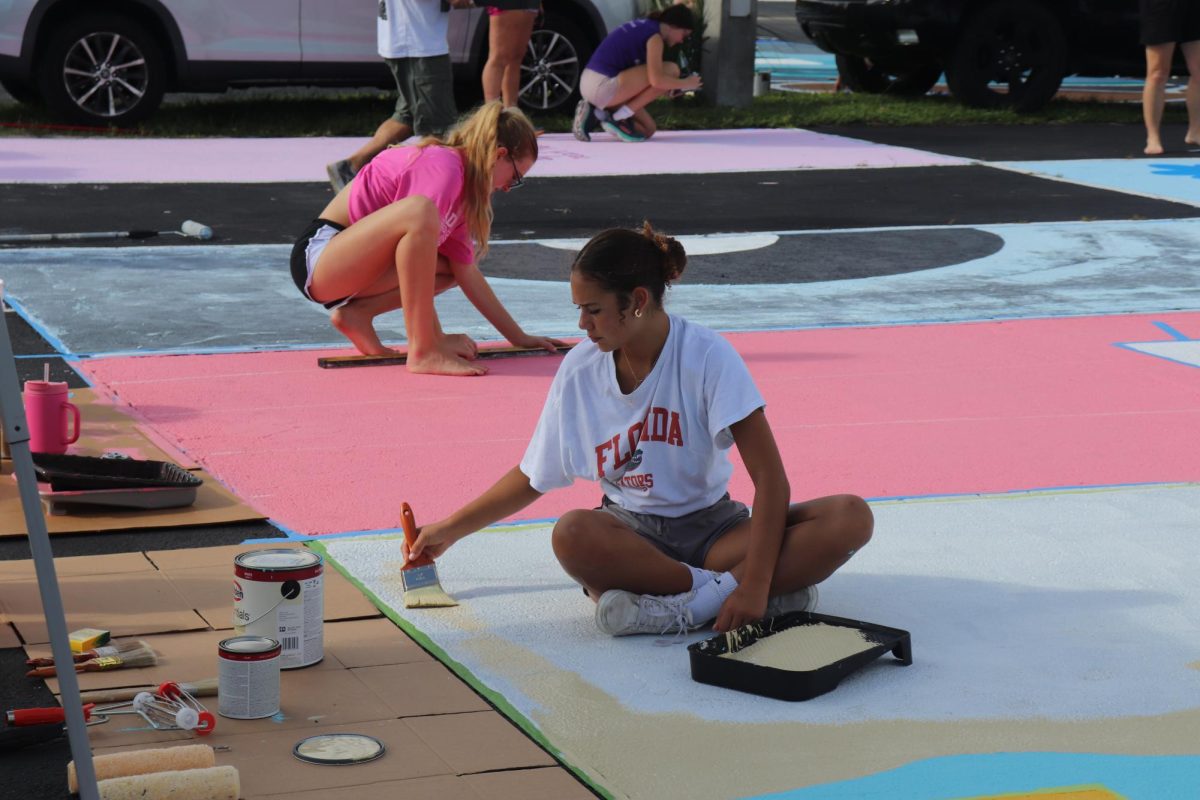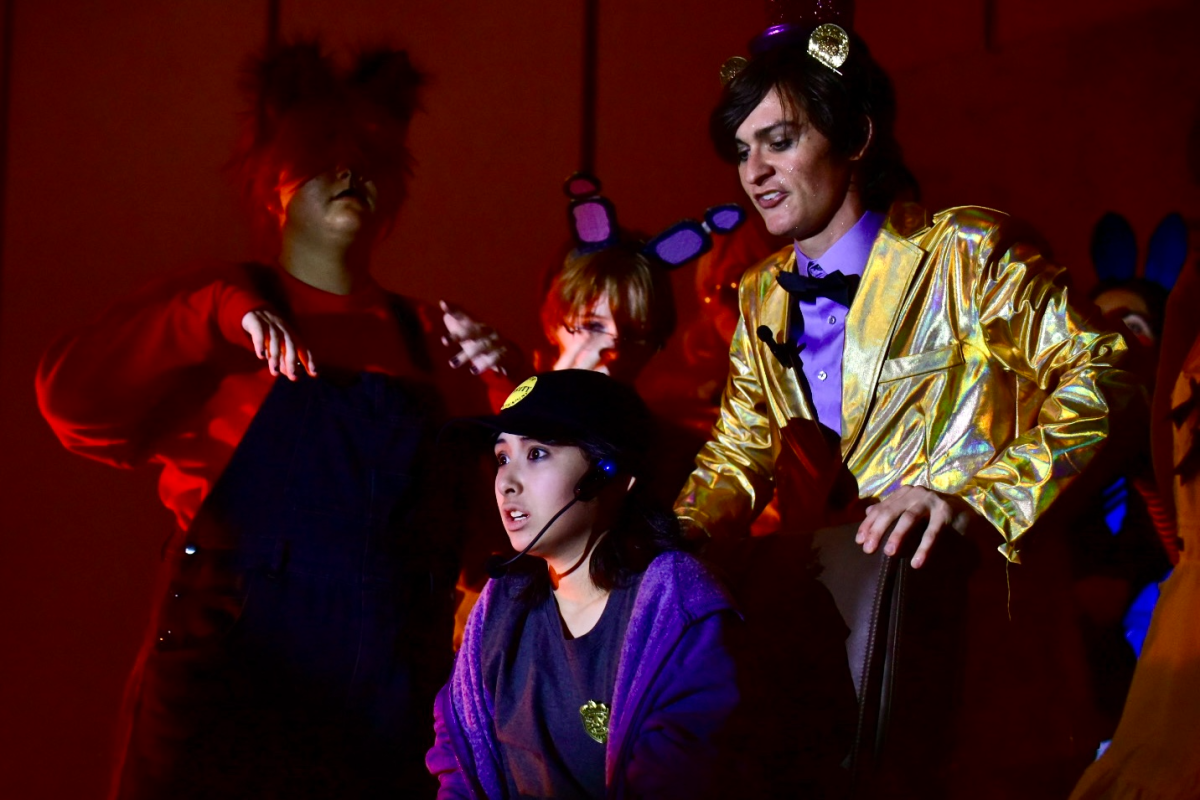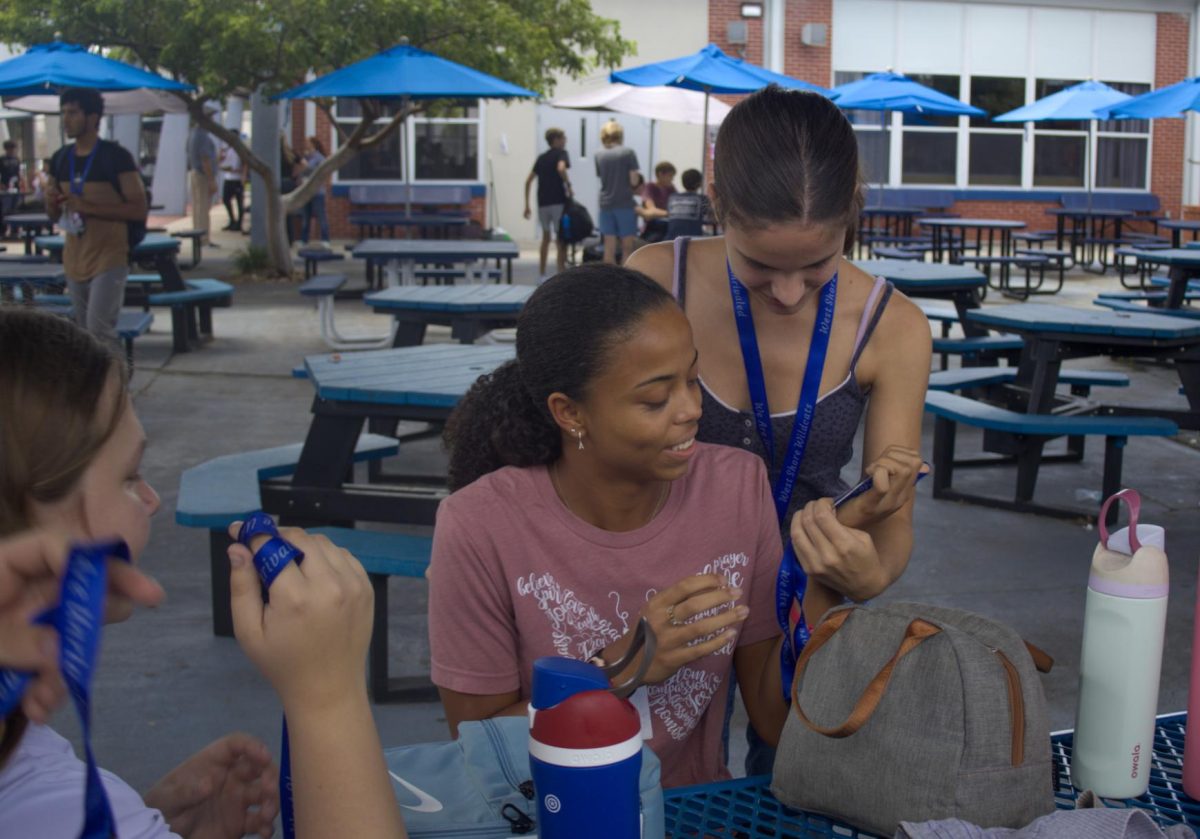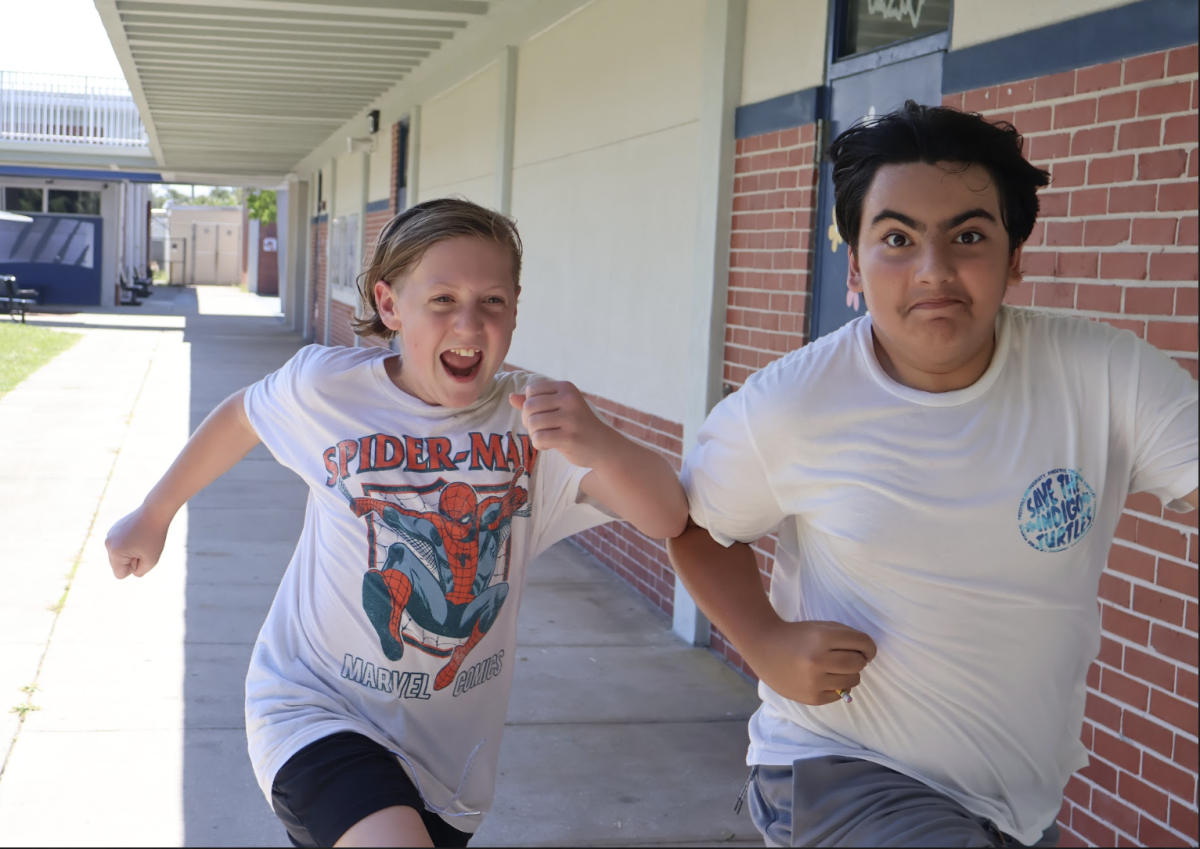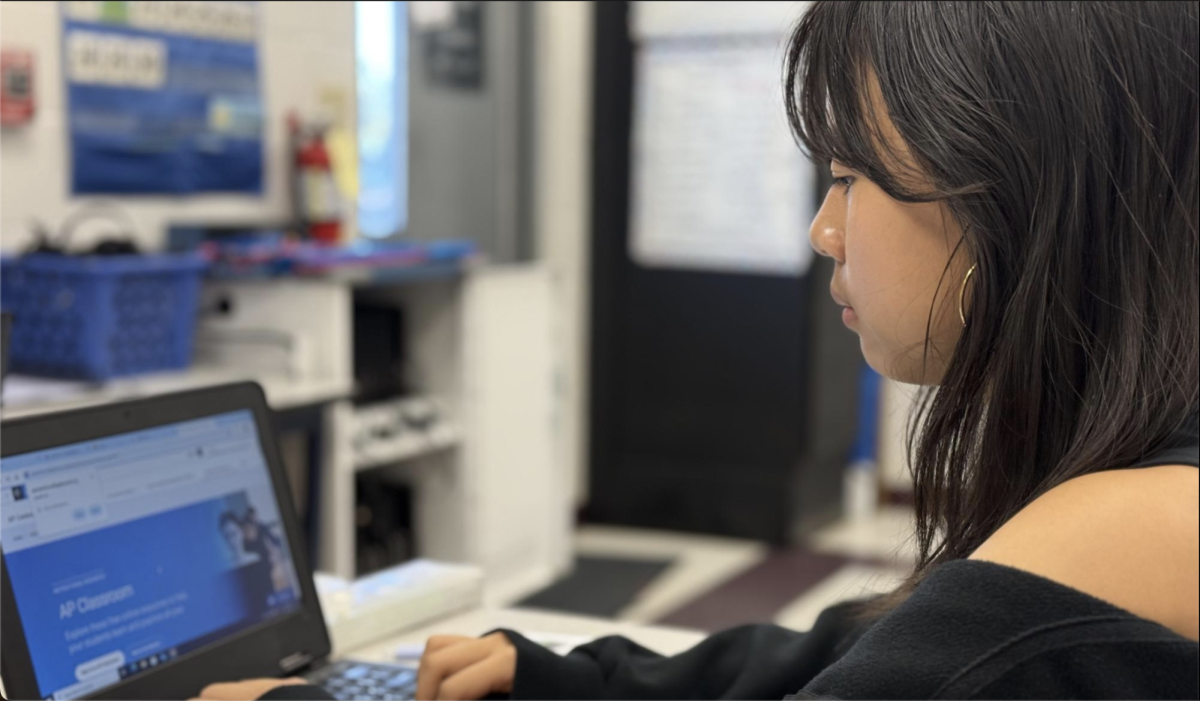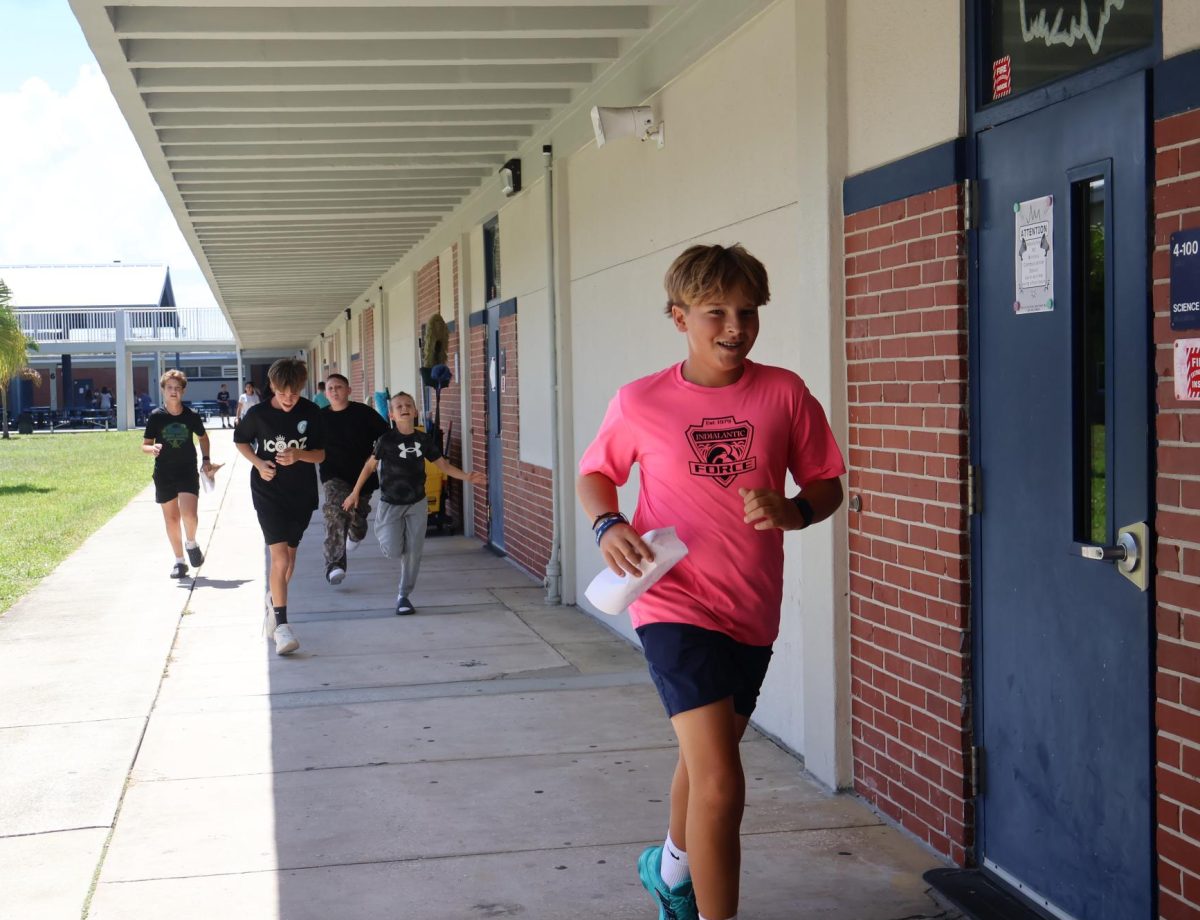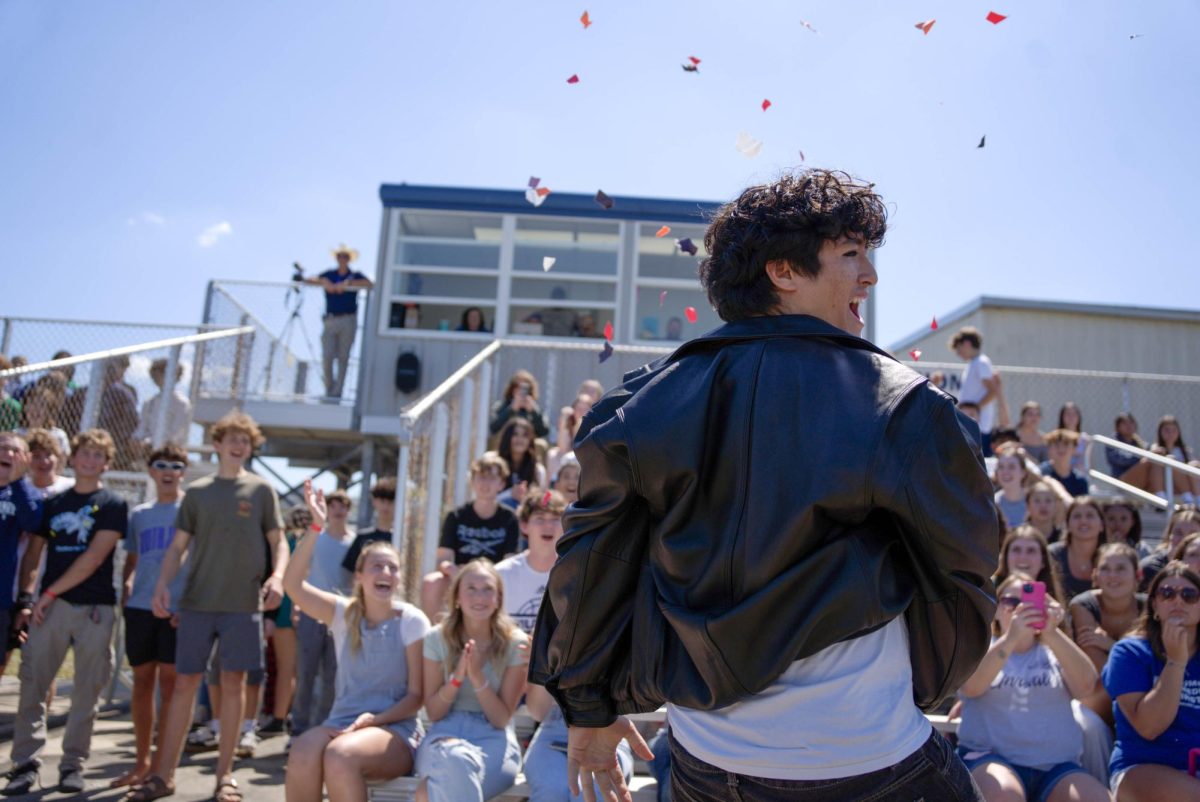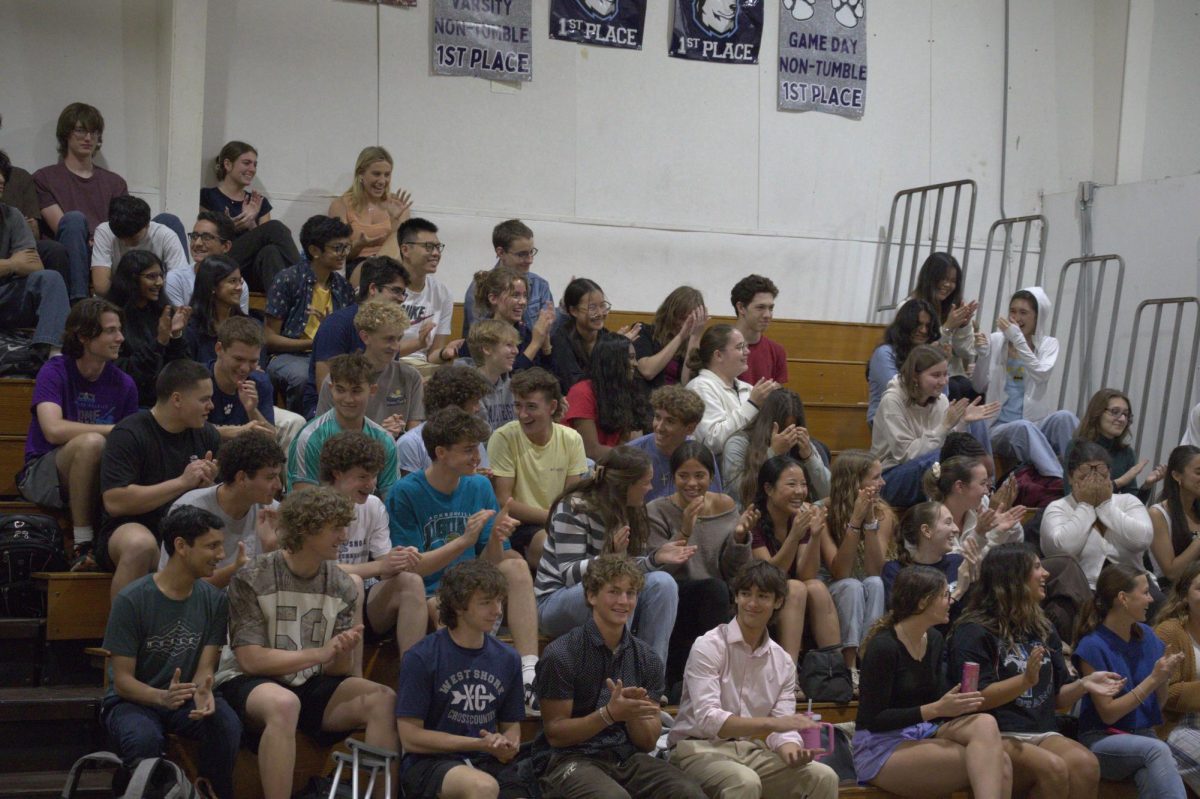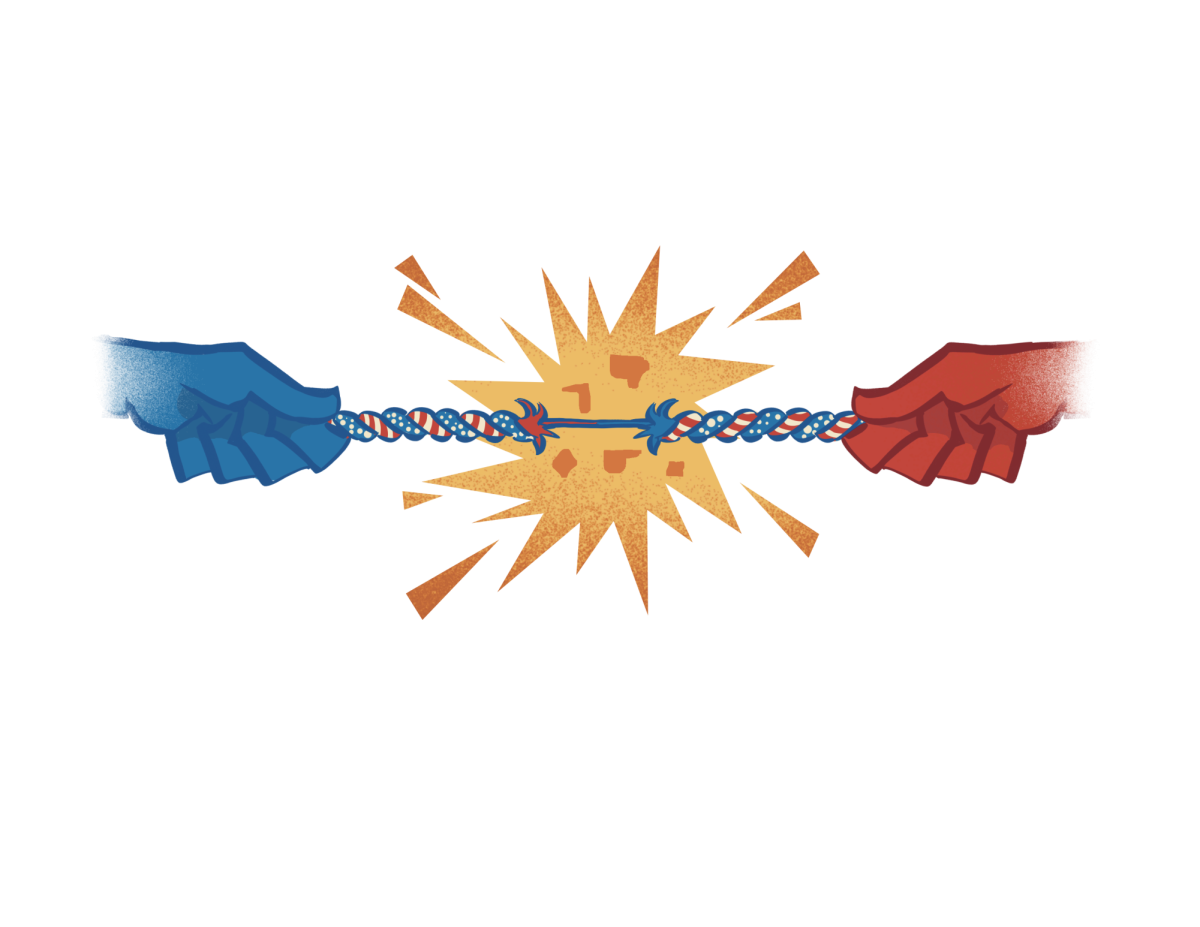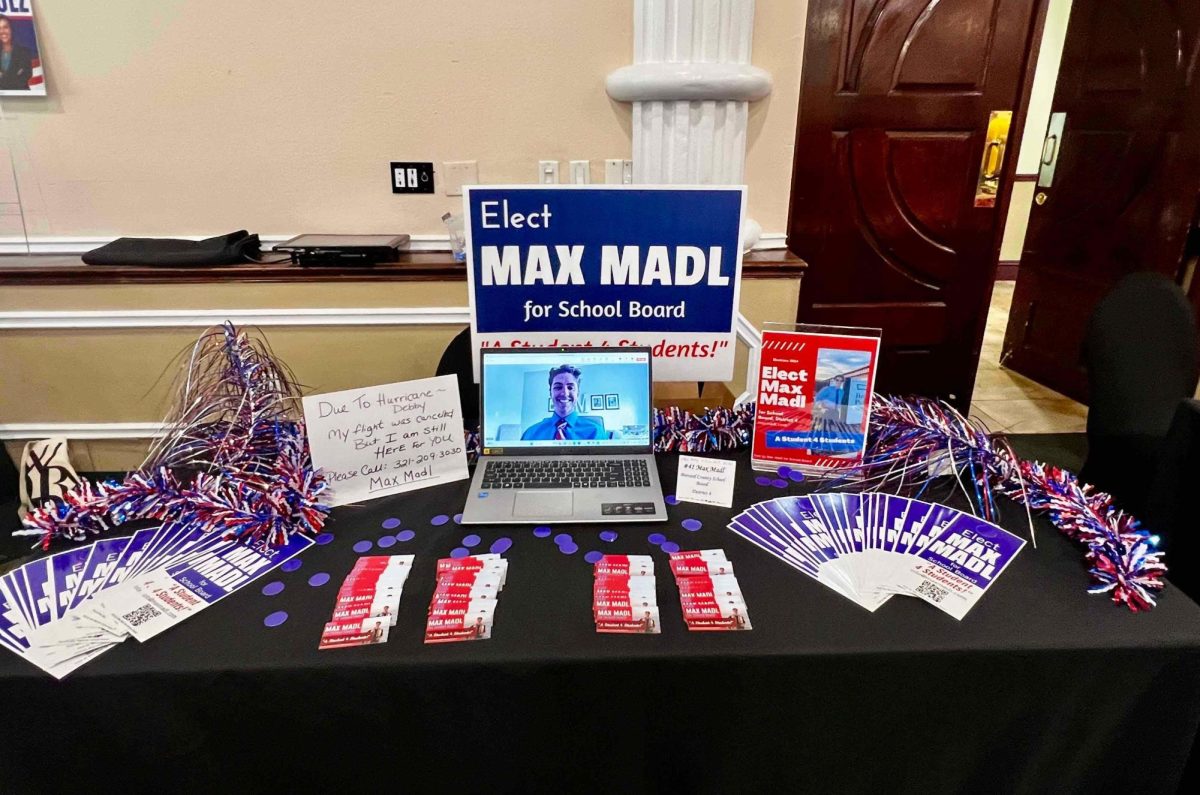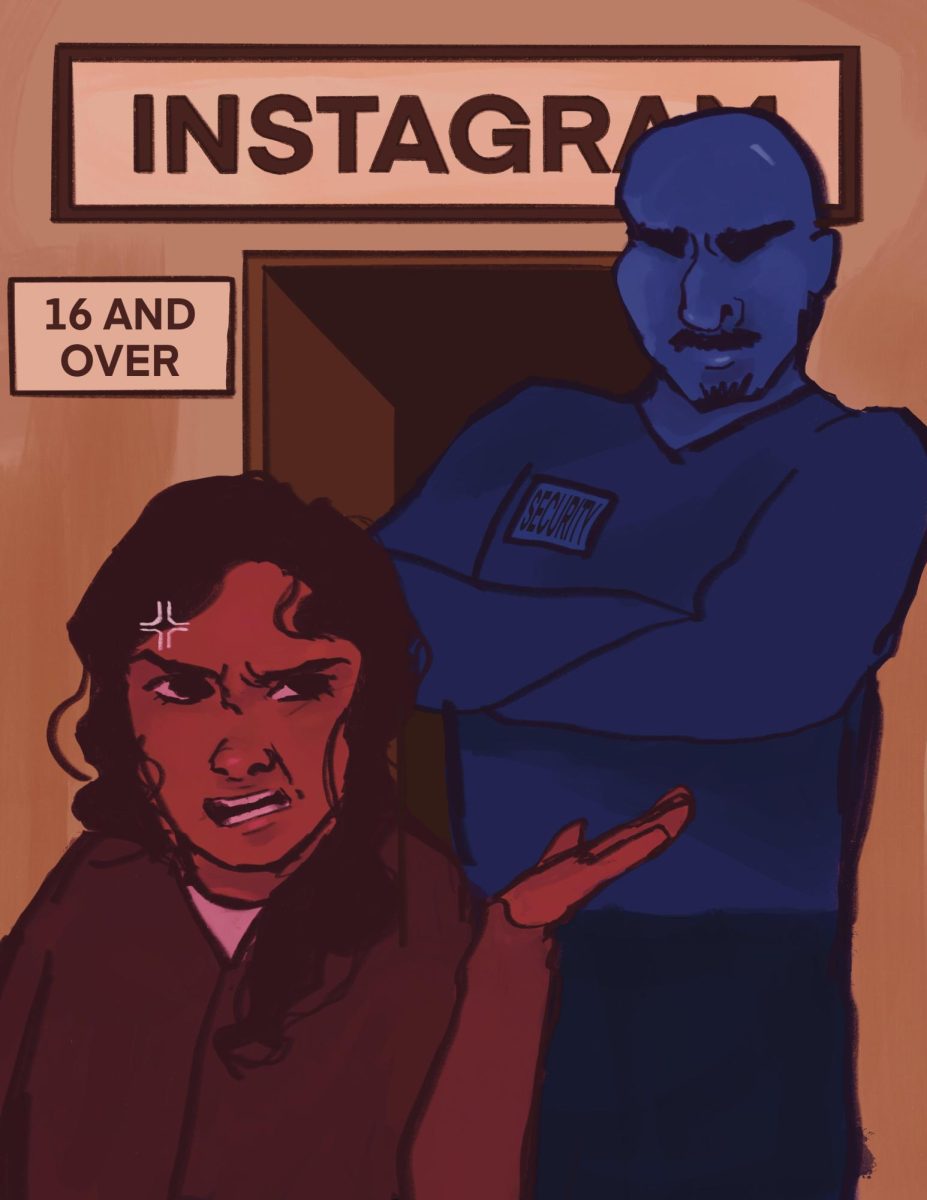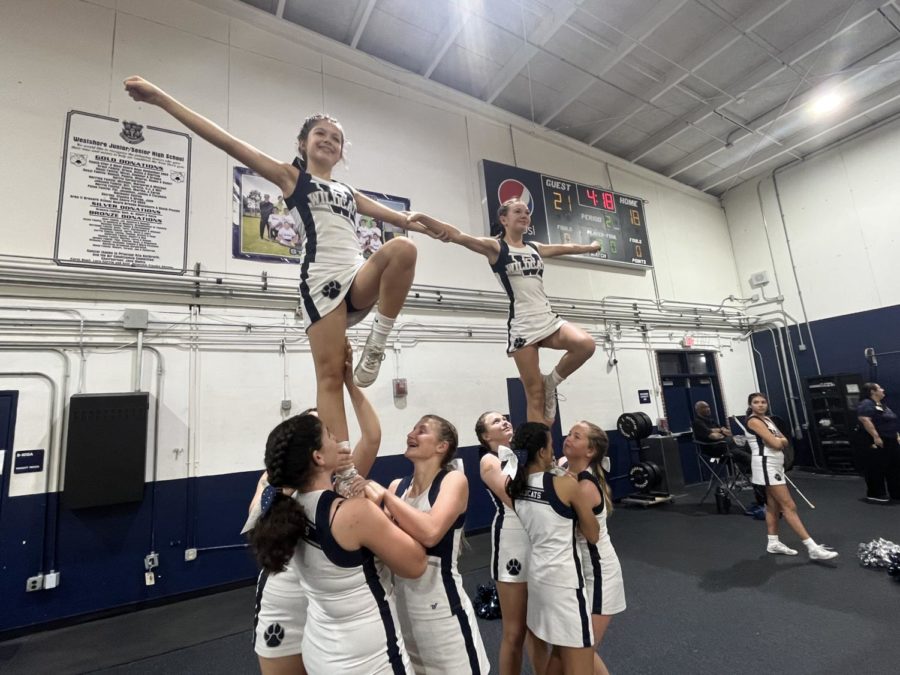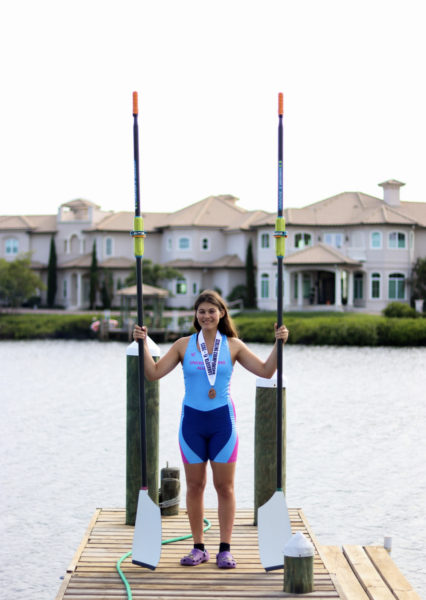Various Factors Affect Sports Costs to Athletes
JV cheerleaders Carina Wallace (8), Piper Barker (7), Ella Bendall (8), Destiny Harding (7), Paulette Pozo (8), Morgan O’Rourke (7), and Alivia Hayes (8) practice stunts at the varsity boys’ basketball game against Satellite High School on Dec. 6.
January 27, 2023
During the preseason cheer team meeting, Kristine Pearson, stepmother of junior and JV cheerleader Grace Pearson, raises her eyebrows in surprise as varsity and competitive cheer coach Kaitlyn Hoskins announces the cost for the season: $1,000.
“It was more expensive than I anticipated—by quite a lot,” Kristine said.
The expenses include practice wear, uniforms, shoes, poms, hair bows, and cheer camp fees.
“Coach Hoskins put it right out there that prices were going to be extremely high,” Grace said. “My parents thought it was really pricey at first, but then when Hoskins got into what it would be buying, they understood. They sometimes joke about taking it out of my college fund.”
Sports do not operate on a “pay to play” policy, but families may be asked to purchase equipment for their athletes or pay a fee for transportation, personnel, and uniforms. According to Grace, reusing equipment lowers expenses.
“If you continue to do [cheer], you don’t have to keep buying newer items,” she said. “If you joined again this year, and you did [cheer] last year, you didn’t have to buy new poms, so that’s like eighty bucks off your initial cost.”
The school district provides budgeted funding for sports. West Shore received $11,000 for this school year, which remains in one account and may be distributed to teams with a need for supplemental funding. If a team advances to States or Regionals, the school will pay for hotel rooms and transportation out of that budget. However, according to Director of Athletics Tony Riopelle, providing additional funding to teams requires giving and taking.
“Let’s say a team comes to me and says they need new equipment,” Riopelle said. “If they have done no fundraising on their own, they’re not going to get a whole lot of help from the minimal budget I got. If they’re going to put in the effort, then yes, we will help [them]. But we don’t have enough of a budget to just say, ‘You don’t have to do anything and we’ll buy everything for you.’”
Teams may have booster clubs, which are independent, non-profit organizations that provide support through fundraising. Booster clubs are not affiliated with the school and manage their own budgets, though Principal Rick Fleming ensures that two signatures are on each check, notes how much money they have raised, and verifies they have the proper checking account.
“It comes from the genuine enthusiasm of the coach, the genuine enthusiasm of the parent and fan base to establish a booster club,” Fleming said. “What we try to do is know when their fundraisers are happening, just so we don’t overlap with internal fundraisers within the school. We try to keep a calendar of all those activities.”
Booster clubs may charge a fee to cover costs for competitions, banquets, and equipment. The school purchases new uniforms for sports every six years.
“It is nice for me to not have to worry about kids complaining that they have six-year-old uniforms because booster clubs choose to buy that for kids,” Fleming said.
According to Tifnie Ehmer, secretary of the girls’ varsity soccer booster club, parent membership with the booster club is not required but highly suggested.
“Every one of us is in it together,” Ehmer said. “We ask for everyone to contribute something when they can, from working scoreboards, selling concessions, hosting team dinners. When everyone pitches in, it works and alleviates the stress on the few.”
Girls’ varsity soccer coach Jenny Pazderak said the team’s booster club alleviates the cost of uniforms, purchased every two years at a price of $4,000-$6,000 for the team. The booster club helps raise $8,500-$10,000 on average from preseason games, concessions, and merchandise sales and the online fundraiser Vertical Raise to cover needed equipment, referee fees, Senior Night, out-of-town travel expenses, and the end-of-the-season banquet.
“My booster’s wonderful,” Pazderak said. “They help tremendously with all aspects. My booster handles a lot of the outside stuff, like helping with the uniforms. I couldn’t do that without my booster and parent volunteers. It takes a lot of pressure off me as a coach to [have] help with uniform preparations, getting the bags ready, things like that.”
Ehmer and her husband manage the team’s TeamSnap account, post on social media, archive stats, set up tryout registration, handle team communications, record games and organize team needs.
According to Pazderak, the size of the sport can impact booster clubs.
“[Boosters] may [or] may not have much of an impact depending on what the sport is and if there’s only a few players versus a huge team,” Pazderak said. “If there was a large team, and they, unfortunately, didn’t have a booster, it probably would impact them because it’s a lot more on all the coaches.”
For sports without booster clubs, coaches may plan fundraising and determine what equipment will be bought by parents.
“The coach would say, ‘Here are some ideas I have, this is what I would like to purchase for the team,’” Fleming said. “‘Hopefully, you’re all in agreement with this. It’s going to be this much for each parent.’ [Teams] have had parents disagree, not necessarily with having to pay, but ‘I don’t like those uniforms’, or, ‘I want my kid to have an extra pair of socks’, or an extra this or that, and those things are mitigated with the coach.”
If a family cannot afford the cost, the athletic program will coordinate with them, according to Riopelle.
“We don’t want to say, ‘You don’t have this money, you can’t do this,’” Riopelle said. “So maybe you pay over time.”
Additionally, another parent or the team’s booster club may foot the cost for families struggling financially.
“Those things are usually amicably resolved,” Fleming said. “I don’t get involved in those things unless it becomes a huge issue. It’s not going to make a difference between the child making the team or not. We will find a way for that child to meet the requirements of the sport, even if I have to pay out of [district funding].”

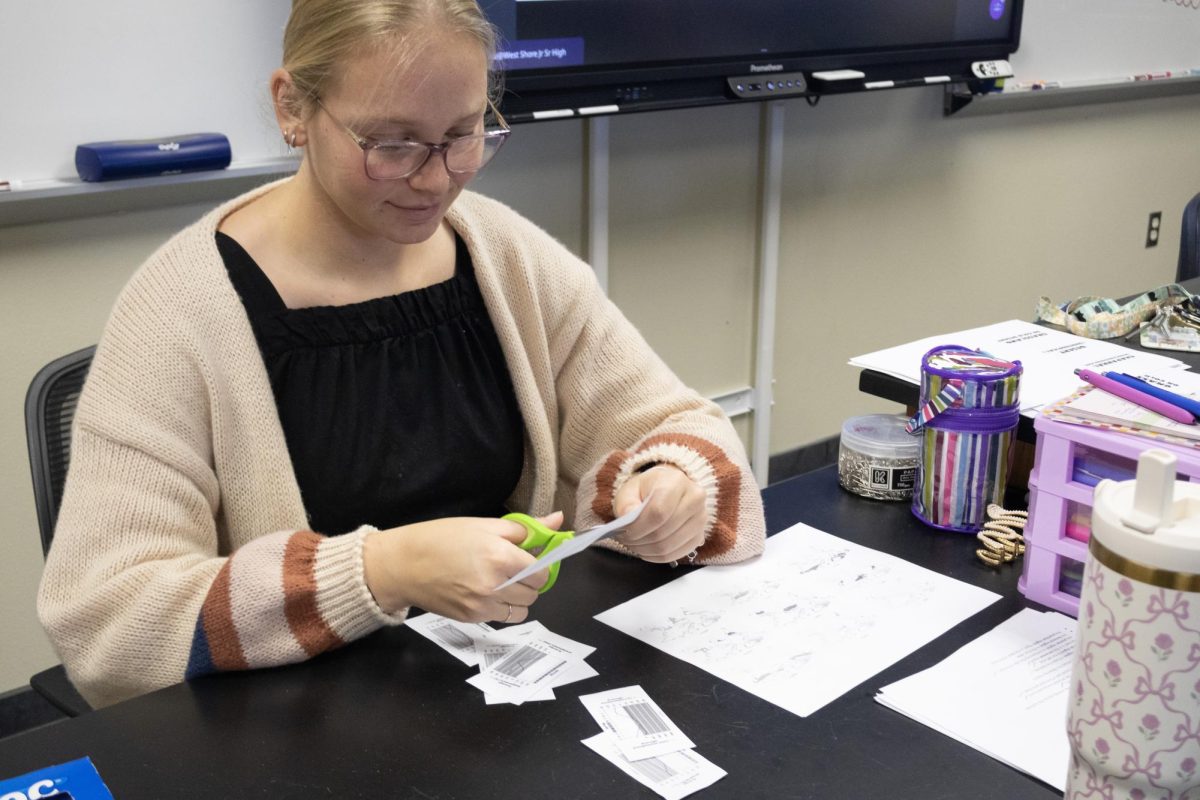
![Sophomore Isabelle Gaudry walks through the metal detector, monitored by School Resource Officer Valerie Butler, on Aug. 13. “I think [the students have] been adjusting really well," Butler said. "We've had no issues, no snafus. Everything's been running smoothly, and we've been getting kids to class on time.”](https://westshoreroar.com/wp-content/uploads/2025/08/IMG_9979-1200x800.jpg)



